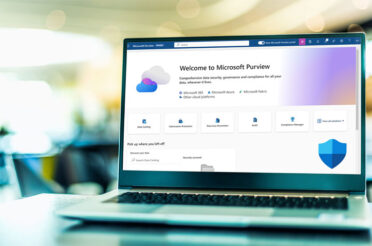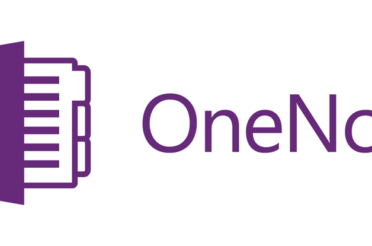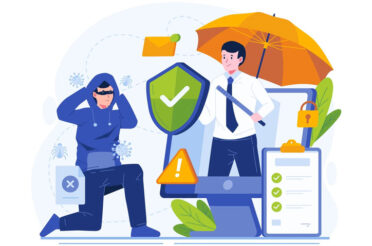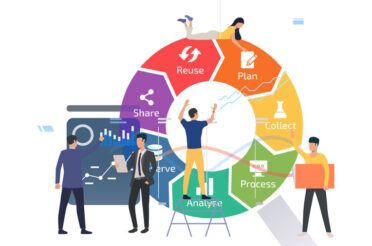Higher education institutions find themselves targets of cybersecurity threats at an alarming rate.
Higher education IT departments must respond to the ever growing number of cyber threats that their students, staff and systems encounter. They must safeguard a large number of endpoints, ranging from facility-owned devices and research equipment to various sorts of student-owned technology.
They must also deal with the issue of securing intellectual property, particularly in institutions with a focus on research, as this type of information is very sensitive in nature, and financially attractive.
How can IT departments effectively secure and manage this complex ecosystem? For higher ed, virtual desktops can provide a potential solution, and cloud-based alternatives can secure a wide range of technology and devices.
How Virtual Desktops Can Help Secure Higher Education Cloud Environments
Many education institutions have been moving their IT infrastructure to the cloud, to better meet the needs of faculty and students, and to flexibly manage their compute and storage resources.
The cloud can provide the complex environments and systems needed to support learning and expansive research, and IT departments must provide safe and secure access to cloud-based applications to their stakeholders.
VMware, in conjunction with Microsoft, offers cloud-based solutions through a virtual desktop experience. These solutions allow virtual applications to copy the performance of their physical counterparts, irrespective of the device or access point used by the consumer.
By using this type of technology, IT teams can safeguard the security of sensitive data located in their institution’s cloud environment, including research information and students’ private details.
How It Works
VMWare offers a solution for those that are looking to set up virtual desktops. By using a thin layer of software known as a hypervisor, it provides a virtual environment that interacts with the resources of a physical device. It was designed with security and scale in mind. It comes with encryption and security options, along with management tools for operational automation and resource optimisation.
How Might Higher Education Utilise This Type Of Solution?
Individual users such as students or researchers may require computing that needs to be very powerful, and with VMware, they can utilise a machine in a virtual cloud setting that can offer a larger amount of computing resources than might otherwise be available to them.
Universities can install VMware in computer labs to provide secure access to a vast array of cloud-based resources, while reducing the risk of threats to data or networks. With a virtual desktop, students can utilise it, and when they have finished working, the desktop can be reset to a known good state as soon as they log out. The virtual desktop can repeatedly clean and provision a fresh new environment for the next student, all located within a secure environment. This refresh process offers a lower security risk to the educator.
Furthermore, universities have the responsibility of ensuring equal access to technology for all, and VMware can aid in achieving that goal. By utilising virtual desktops, the computational infrastructure can be separated from the physical device, allowing individuals to utilise their own low-powered laptops or refurbished PCs as access devices. This empowers students to leverage the full computing power of the cloud, while promoting fairness across the student base.
Best Practices For Virtual Desktops In Higher Education
IT professionals can design a virtual desktop environment and allocate different levels of control based on specific needs. By customising security settings, IT departments can cater to unique student, faculty, and research experiences, considering factors such as performance, control, and flexibility. This approach also allows for the integration of cybersecurity measures that align with desired outcomes and the risk profile of the individual.
For instance, in a computer lab setting, a machine may have relatively open access to functions like copy-and-paste and printing. Alternatively, when users access a system remotely or wish to view sensitive information, these functions can be restricted for enhanced security.
Virtual Desktops And Their Value
VMware offers a solution that can provide secure, scalable virtualised desktops, and numerous higher education institutions have already adopted it. Protocols that facilitate a seamless experience, particularly when dealing with research applications, audio and video capabilities, or remote learning, can be implemented. Through high-definition technologies, VMware effectively delivers a virtual desktop experience to endpoint devices over networks, while providing the flexibility to create, implement, and maintain the protocols that are necessary for the security of higher education systems. As such, VMware can provide and serve as a valuable asset.
For assistance with your virtual security please contact Aryon today.








